There’s no good rule of thumb for how long your tires should last. Some riders may get a couple of years out of their stock rubber, while others may burn through multiple sets of new tires in a summer bike-park season. Where and how much you ride determines this, but learning to read the wear pattern on your tires will ensure that you’re not only getting the most mileage but also the most grip from them.
Average tire life seems to range from a few hundred miles for the softest of race tires to a couple thousand from a dry-compound XC tire in ideal conditions. Tires will go through a few phases as they age.
As a tire wears, the little rubber nipples will fall off. If you still have these on your tire, they’re likely relatively fresh. As the virgin surface burns off, the tires should come to full grip as they break in. With the cornering knobs sharp and fresh, the handling of the bike will be at its absolute best.
After a few hundred miles, a tire will begin to show signs of wear but should still have sharp edges on most of the knobs. If your cornering knobs still look like they haven’t touched the dirt, you may want to decrease pressure to allow the tire carcass to conform to the ground better. Conversely, if your knobs look like they’ve taken a lot of abuse, you may be using a rubber compound that’s too soft for your conditions or your tire may be under-inflated. Either way, it’s a good reason to try a different setup.
END IS NEARAfter about 500–1000 miles, there will be enough wear that your grip is diminished, especially when cornering and in loose or steep terrain. While tires can be pushed past this wear level, many riders opt to simply replace at this point.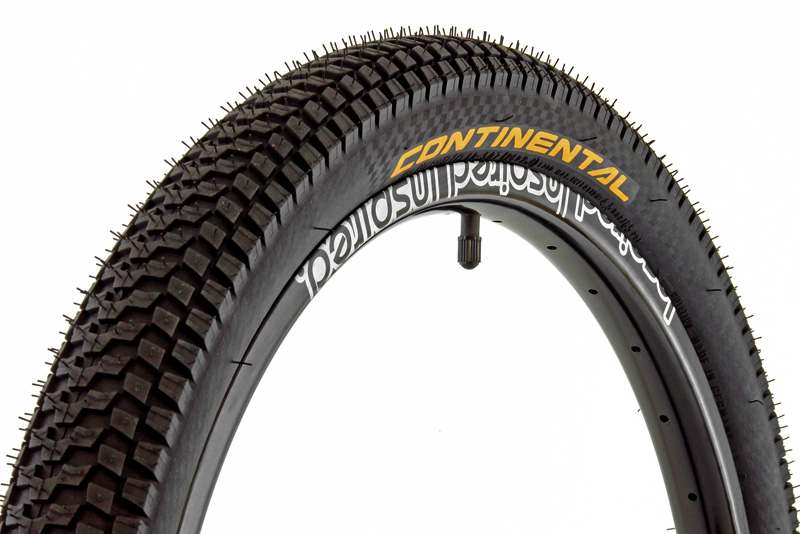 Old tires are more vulnerable to punctures. Moreover, if you’ve plugged a tire to repair a puncture, it’s not worth the increased risk of failure on a future ride.
Old tires are more vulnerable to punctures. Moreover, if you’ve plugged a tire to repair a puncture, it’s not worth the increased risk of failure on a future ride.
Only our absolute favorite tires, ones that have survived our marginal line choices and somehow avoided enough of the sharp rocks to still hold air reliably, are pushed past what we would call the 50-percent wear mark. Beyond this, stretching the life of a tire becomes a balance between thriftiness and performance, and ultimately a gamble on safety and reliability. We’ve been on the losing end of this with both flat tires that left us far from home and crashes that came unexpectedly from a loss of grip. We recommend replacing worn tires before they’re down to the threads.
best mountain bike tiresMountain bike tiresworn bike tiresworn out mountain bike tires
Ron Koch 335 posts 0 comments
Prev Post
TWEED VALLEY EWS RACE REPORT
Next Post
LONG TERM REVIEW: SPECIALIZED STUMPJUMPER EVO ELITE ALLOY
By Tony K | Mountain Bikes
Mountain bike tires wear down slowly over time, and it can be difficult to know exactly when you should replace them.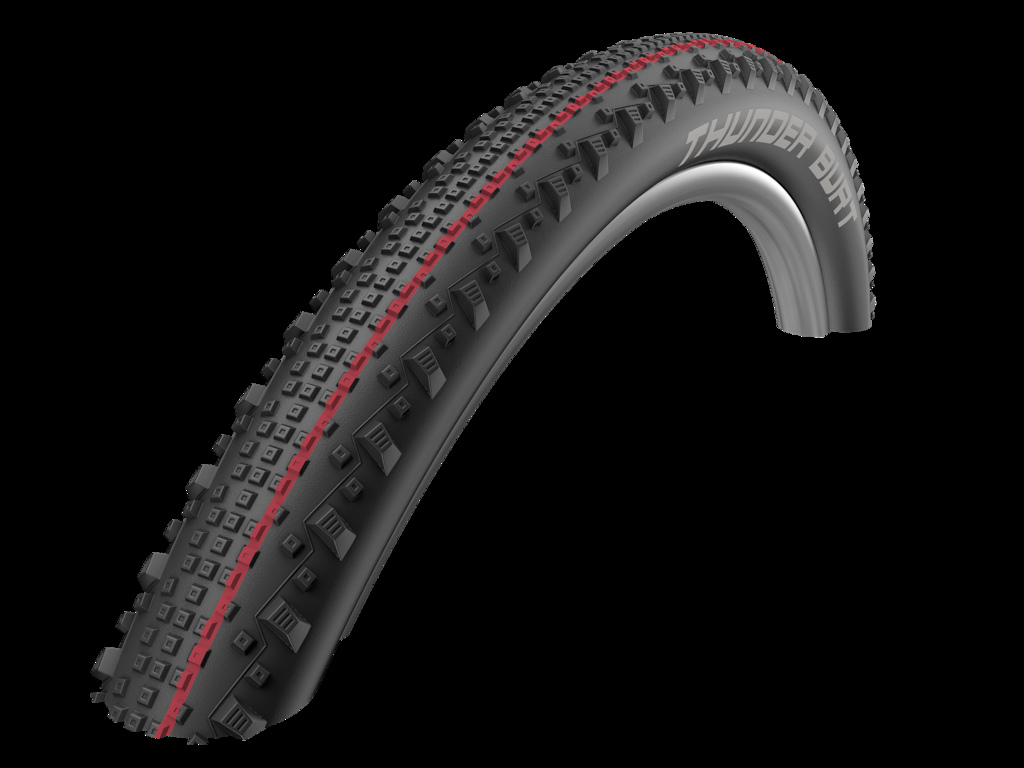 Many times, they are replaced when they still have plenty of life left in them.
Many times, they are replaced when they still have plenty of life left in them.
You should look to replace your mountain bike tires when the knobs in the tread are more than halfway worn down, you can see the threads beneath the rubber in places, the tire has bulges in some spots, the tire won’t hold pressure, or there is excessive cracking in the tire from dryrot.
Aside from the tires not having the same traction and handling as usual, there are some signs of what to look for to know you will have to get new tires in the near future.
Generally speaking, these are the signs that your bike tires are worn and need to be replaced:
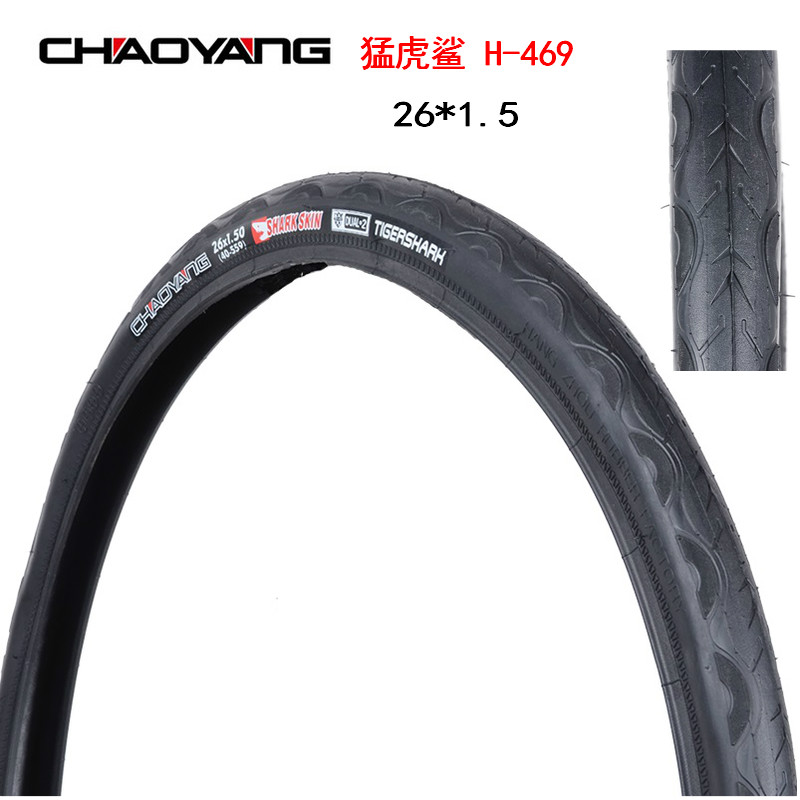
Any one of these is caused to get new tires. It’s just not worth the risk if you’re not 100% sure they’re safe after examining them. Replace tires when it’s time to avoid an accident.
Bike tires never last as long as any of us would hope, but there are some things you can do to get a little more life out of them.

Whether you have mountain bike tires or road bike tires, the same important maintenance guide applies to help get the most out of your bicycle tires and will give you the most time before you need to replace bike tires.
Make sure you check the tires before every ride.
Make sure you are aware of times when the tires slip when they should grip.
Make sure to take note of cracks in the sidewalls and the tires needing to get topped off with air regularly.
Most of these tires fall in the $50-60 range and it’s not worth sliding into a tree or slipping and hitting your face on the handlebars.
If in doubt, replace the tires. Don’t wait until you’re jumping on a trail to worry about if your tires are up to the task. Just that simple.
If the trails you ride are soft dirt then you will get a lot of life out of your tires. If the bike takes turns without slipping, then you’re plenty good.
If the bike takes turns without slipping, then you’re plenty good.
If you ride on either pavement or rocky trails, then your tires are going to take a lot of wear. Roots and sharp rocks will take small chunks out of your tire treads and wear down the knobs very quickly. This type of downhill trails take a lot out of your tires and will noticeably shorten your tire life compared to more gentle terrain.
How many miles you get out of a set of bike tires depends on the tire and where you’re riding your mountain bike. Generally speaking, many tires used in non-extreme conditions can expect around 2,000 miles. If you ride a couple times a week, that’s an average tire life expectancy of around 1.5 years.
| Tire Type | Expect Mileage Tire Should Last |
| Road Tires | 1,000 to 3,000 miles |
| High-End Tires | 2,500+ miles |
| Racing Tires | 1,000+ miles |
| Touring Tires | Up to 4,000 miles |
| Trail Tires | 3,000 miles to 8,000 miles |
Mountain bike tires will typically last for 3,000 to 8,000 miles.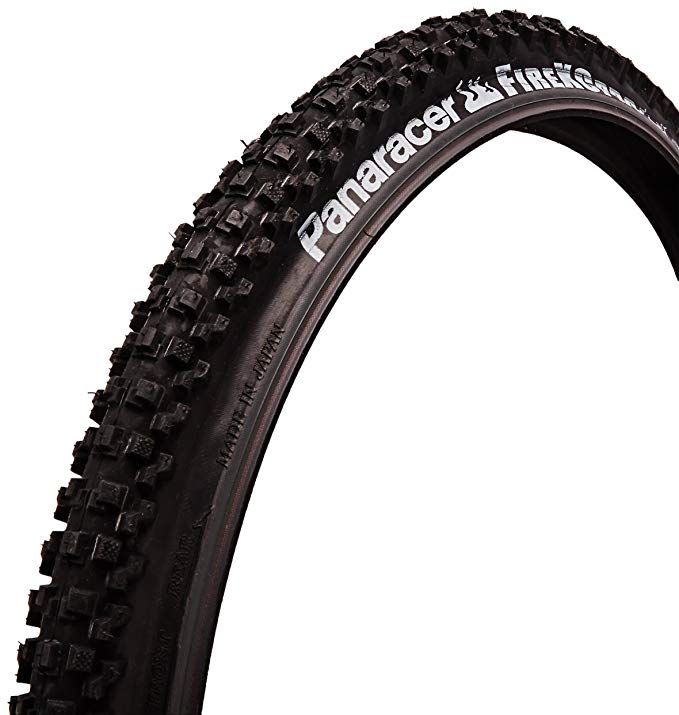 If you use the mountain bike on trails with sharp rocks and roots, expect the lifespan to drop radically to perhaps 1,000 miles. If you ride more mild trails like cross country then you should be able to easily get 3,000 miles out of the tires.
If you use the mountain bike on trails with sharp rocks and roots, expect the lifespan to drop radically to perhaps 1,000 miles. If you ride more mild trails like cross country then you should be able to easily get 3,000 miles out of the tires.
Tires like trail tires and touring tires are durable because they often are used on more technical terrain. Things like sharp rocks can radically cut down on how long a tire will last when the terrain is taking chunks out of the tires.
OutdoorGearLab has a nice writeup comparing 24 of the top tires and one of the big factors is tire longevity. Generally speaking the Maxxis line does quite well with a balance of performance and tire longevity. Sad to say I’m a fan of the Maxxis Ardent and it scored a little less by the numbers than I feel by the seat of my pants riding.
So the terrain is a huge factor when you’re talking about how long bike tires will last and how quickly you’ll have to replace them. The average lifespan really depends on the type of tire, how well it is made, and the terrain it’s used on.
Checking your tires before every ride or at a minimum of twice a week if you ride frequently is the best way to catch problems before they get too big. Prevention is the best way to avoid major issues.
Slowly spin the tires around and look for cracks, debris stuck in the tires like glass, or a loss of tire pressure. Any of these signal tire degradation and it’s best to be proactive and replace them.
Sometimes these things can pop up unexpectedly when you’re out riding. Bringing a tube repair kit and a small air pump should be a normal part of what you bring with you when biking. Sooner or later it happens to all of us and if you’re prepared it’s no big deal.report this ad
While you can get it done at a bike shop, replacing a tire yourself is pretty easy once you do it the first time. The front bike is just loosening a couple of the bolts on the fork to pop off the rim and tire, but the back one has the chain and everything else going to it so it’s a bit more work.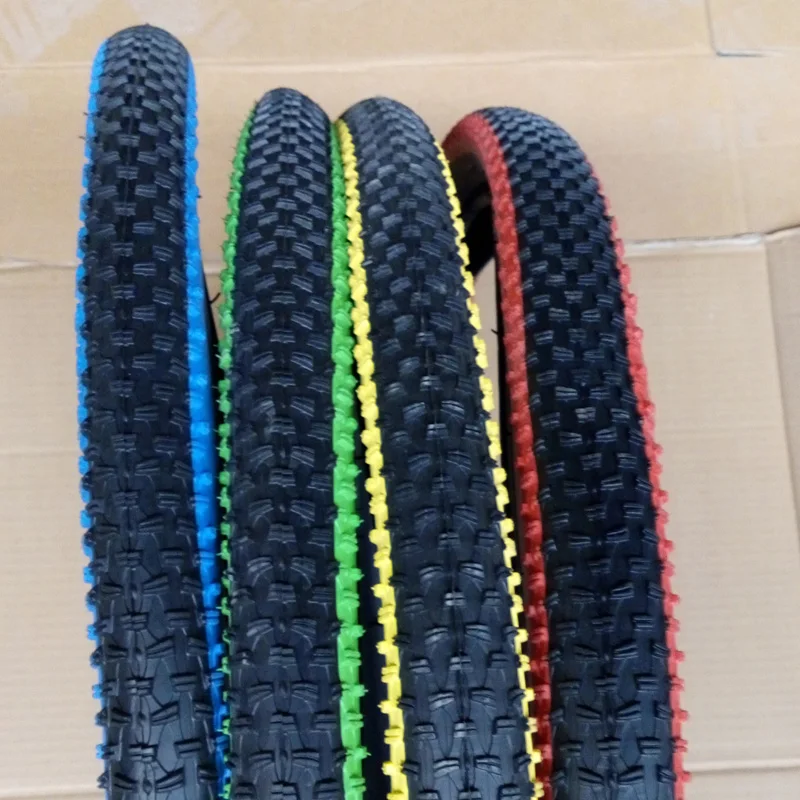
However, I definitely thinking learning how to do it yourself is needed for every mountain biker because if you get a flat while you’re out riding, you’ll have to take off the tire to patch the tube. So learning it at home is much easier than trying to learn it while you’re stranded on a trail.
Here are the basic steps to replacing your mtb tire:

Bike shops can pop off the tire and tube in no time flat. It’s what they do.
Typically mountain bike tires run from $40-$90 for a quality tire, and then the cost of getting it mounted if you’re not doing it yourself.
However, like I said above, learning how to service your own bike is a necessary skill for every mountain biker. So order in the tire, and a new tube (might as well do it at the same time), and it’s something you can easily do at home. Learning to put on a replacement bike tire yourself is a valuable skill to learn.
Typically on mountain bikes, the back tire will wear down before the front tire.
Should you replace just the rear tire or replace both tires?
You should replace both tires and I’ll tell you why. While the rear tire has tread worn down, the front will still look fairly new.
However, the front is taking all of the hits on the road, a majority of the debris, and much more. The front tire is not as new as it seems.
Unless I’m very sure the front tire is in great condition, I change both of my tires at once (or the front tire not long after the rear), and I save the old front tire as a spare.
It’s a little bit like how you change both headlights at once in a car once one bulb goes out … they both take the same wear and tear and usually the other is going out soon after.
I am a mountain biker among other things and I enjoy writing about both topics I know but also about new things about mountain bikes that I learn. If you enjoy tackling trails and tracks and everything in between, then this is the blog for you.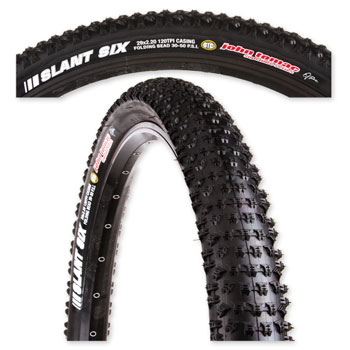
According to Schwalbe, the service life of rubber is about 5 years. If you don't use your bike much (10 times a year or less) and your tires look "whole", don't believe yourself, because your tires may be years old and the sidewalls are starting to crack, that's a sign to change them.
In the case of the coated MTB tire with a studded profile like the MTB , Cyclocross or Gravel should be changed as soon as grip deteriorates. This happens when the center studs are too worn, they no longer have sharp edges and lose many of their properties.
- Kilometers you hard una cover (y how many punctures you have accumulated with each model). An average of 3.758 km on the rear wheels (from 2.121 km to 5.680 km).
While it is recommended to change the tubeless fluid of your wheels every three months, the truth is that you can delay the change and extend the use of the current fluid for a few more weeks or even make a partial change if it has not been completely damaged.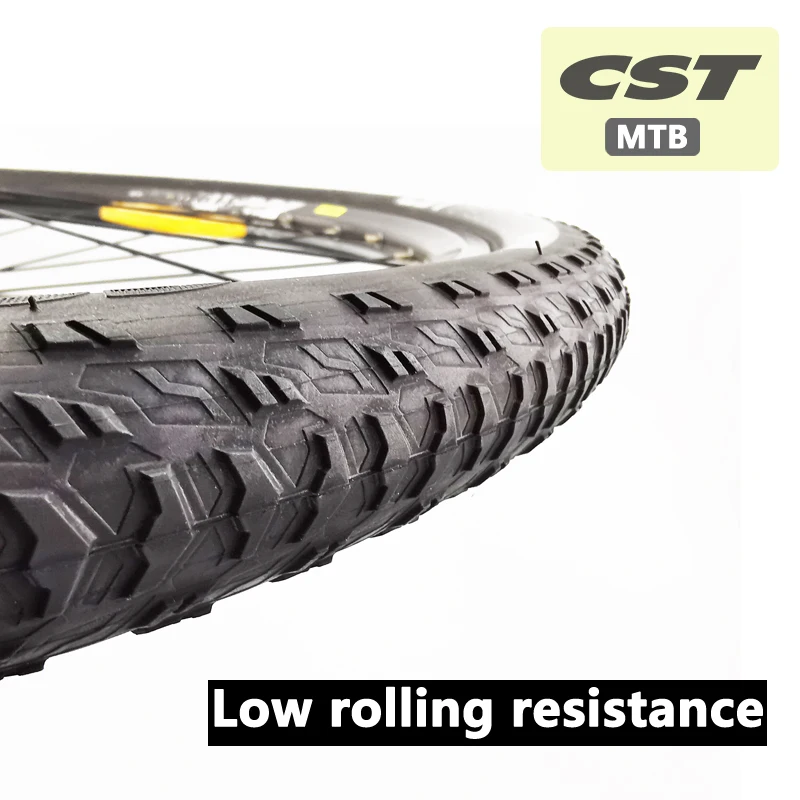
to know if it's time to change tires , you should look at the picture. There are several blocks in the pattern scratches that mark the minimum depth, which is 1.6mm. Si They reach the surface tire changers are too worn and it's time to change it.
Tread wear exceeds recommended depth levels. The flank is damaged. Any hole in the tread is larger than 6mm in diameter. Bead damaged or deformed (bead is the edge of the tire that rests on the wheel)
Wear. Your tires can last anywhere from 1,000 Km to 10,000 Km With those big numbers, you better watch out for obvious signs of wear and be ready to replace them when the time is right.
Si we found cracked or cracked bad business. Water can seep through these grooves, oxidizing the wires of the structure, and even cause a blowout. Cracking is also synonymous with crystallization, the rubber hardens, loses elasticity, the grip will get worse and worse.
1- Wear in the center of the tire: reduces traction and increases the likelihood that the tire explodes the moment it comes into contact with any sharp stone or nail.
It's very easy to find out, you just need that version of si in llanta you can see the bottom of llanta . The lower part of llanta is similar to the plastic tape si if you remove it, there will be holes for the spokes under it. In this case you are llanta No lampless .
What is tubing wheel ? Tube or make tubeless una wheel mountain bike means our bike will no longer have tubes, which has the advantage of a safer, more comfortable and just as light bike, but with the advantage that the dreaded punctures or pinches will disappear .
1 tablespoon cornstarch. 1 tablespoon coffee grounds. 1 tablespoon paprika. With this we'll make our own liquid anti-puncture, and we will save about 20 euros for every liter that we can store in a sealed jar, upside down and out of the sun.
contents
Rear change every 10-12 months, it can be about 4000-5000km.
Although some brands offer tires that promise to last around 10,000 km, in practice it is very likely that we will have to replace them when we get close to 3,500 km or about 3,200 km.
Tires: Schwalbe Marathon quality tires last from 15.000 to 20.000 km, although it is recommended to always have at least one spare tire with you on a long trip in case you encounter broken glass.
The tire has a useful life when it is not subject to wear, that is, the time and kilometers it travels without reaching the legal tread depth limit of 1.6 mm. As a rule, some tires have a lifespan of 40.000 to 50.000 km if they are of good quality.
We recommend replacing a tire if:
Tread wear exceeds recommended depth levels. The flank is damaged. Any hole in the tread is larger than 6mm in diameter. Bead damaged or deformed (bead is the edge of the tire that rests on the wheel)
The flank is damaged. Any hole in the tread is larger than 6mm in diameter. Bead damaged or deformed (bead is the edge of the tire that rests on the wheel)
Mountain bike tire pressure chart
| Tire width (inches) | ||
|---|---|---|
| 60 kg | 2 bar / 29 psi | 1.9 bar / 27 psi |
| 70 kg | 2.1 bar / 30 psi | 2 bar / 29 psi |
| 80 kg | 2.2 bar / 32 psi | 2.1 bar / 30 psi |
| 90 kg | 2.3 bar / 33 psi | 2.2 bar / 32 psi |
Bicycle disc brake pads have an approximate life span of 6 to 12 months.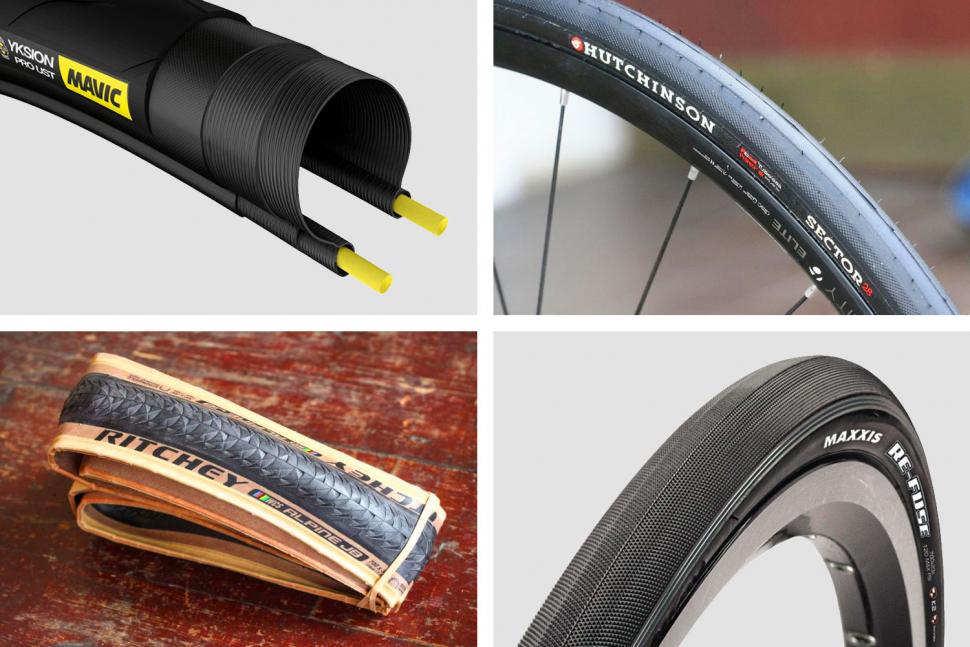 But everything will depend on the use of the cyclist and the assembly of the bike. This will affect the brake type, pad material, more or less brake use, etc.
But everything will depend on the use of the cyclist and the assembly of the bike. This will affect the brake type, pad material, more or less brake use, etc.
Tubeless life
Fluid life varies by manufacturer, bike usage and season. However, it is generally recommended to change tubeless fluid every three months, although there are specialist brands such as X-Sauce that recommend changing every two as a preventive measure.
STEERING WHEEL:
| STEERING WHEEL: | |
|---|---|
| BASIC WHEEL ALIGNMENT | €9.95 |
| FRONT SPOKE REPLACEMENT | €14.95 |
| REPLACING SPECIAL SPOKES | €24.95 |
| REAR WHEEL SPOKE REPLACEMENT | €19.95 |
Find out how.
They are 5 years from fitting, 10 years from manufacture. However, when mounting the tire, we take it out of the ideal conservation conditions, so the degradation begins more “seriously”. However, tires always expire, whether they are well-preserved or very poorly preserved.
Some of the most modern tires are guaranteed for 90.000 miles (144.000 km) of tread wear. If they are installed on vehicles that are rarely used, these tires may need to be replaced before the tread is completely worn out.
An installed tire has a service life of approximately five years. Even if they have been properly stored, it is not recommended to install tires older than 10 years.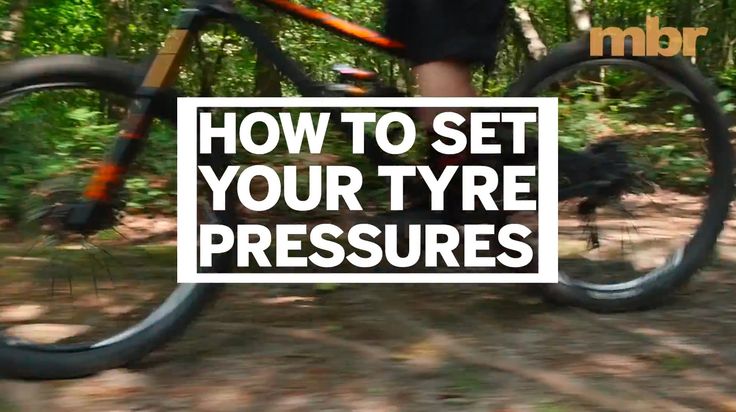
The easiest way to measure tire wear is to take a euro coin and insert it into the tire grooves. If the gold part of the coin is covered, then it's time to change the tire. For winter tires, use a 2 euro coin.
For thin MTB tires (less than 2.2), the pressure should be around 1.8-1.9 bar, and for wide tires (greater than 2.2), the pressure should not exceed 1.75-1.8 bar.
pressure. As a rule, tire pressure does not exceed 2 bar. The recommended pressure for wide tires 2.25 and more is 1.7-1.9 bar, and for narrow tires a little more than 1.8-1.9 bar.
If you are tubeless it is very interesting that you have a sahmurai kit that will solve a typical tubeless puncture and stored on the handlebar.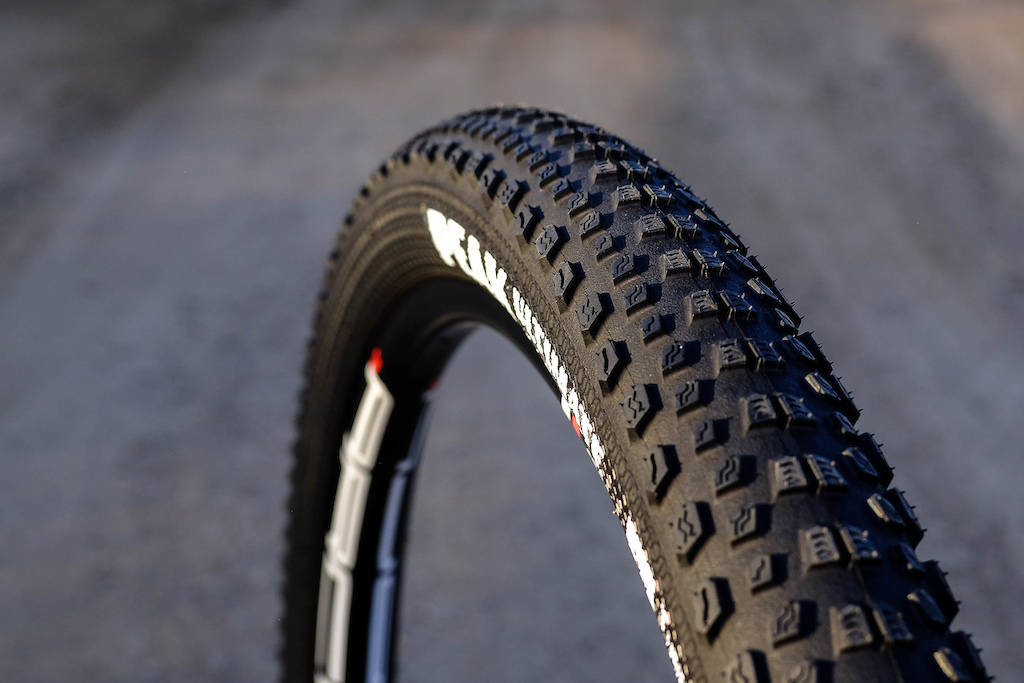 This kit includes several wicks and a range of needles so you can fix your puncture quickly and safely. Of course, a new camera is also needed.
This kit includes several wicks and a range of needles so you can fix your puncture quickly and safely. Of course, a new camera is also needed.
To find out if a disc is worn, we must measure its thickness, always measuring in the area of contact with the pads. Each brand is slightly different but always states a recommended minimum thickness, for example in Shimano's case the minimum thickness is 1.5 millimeters as stated on the rim itself.
As a rule, the brake pads should be changed after about 80,000 km, but there are cases when they should be changed after 40,000 km; it all depends on the above factors.
How do you know if they fail? If you notice a vibration in the pedal and steering wheel when braking, then the discs are warped and need to be replaced. In addition, you can check its condition visually: if you notice a lot of burrs between the braking surface and the edge of the disc, they must be replaced.
In addition, you can check its condition visually: if you notice a lot of burrs between the braking surface and the edge of the disc, they must be replaced.
On the technical side, tubeless models allow us to ride with less pressure and therefore improve traction in technical or muddy areas. Traction is also improved with the tubeless tire, and punctures are significantly reduced due to the absence of pinched tubes.
Tube type tires do not require any special lining or treatment as they are designed to be used with an inner tube. Therefore, if we use them as if they were tubeless-ready, the sealing fluid can damage the inside of the tire.
From a safety point of view, a tubeless tire is better because of its design and construction, which allows you to continue on to the next service station.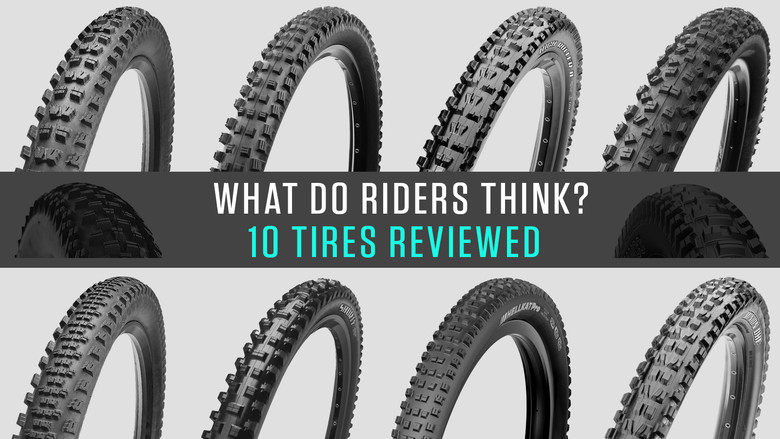 On the other hand, tube tires, although cheaper, are not the most reliable to drive.
On the other hand, tube tires, although cheaper, are not the most reliable to drive.
We currently see professional road cycling teams using tires and tubes ranging from 23mm to 26mm in diameter. Major bike manufacturers are adapting to new sizes or larger wheel arches to accommodate tires as small as 25mm.
There are technical studies that show that wide tires have less rolling resistance. In addition, a tire with a large ball absorbs bumps in the terrain better, which will give you more comfort on the bike.
This is an abbreviation of Threads Per Inch or, equivalently, Threads per Inch, and is an English unit for measuring the number of threads a case contains per inch. The higher the TPI value, the more threads it will contain and the lower its weight, since the amount of rubber used is less.
To find out the date of manufacture of the tire, you should see four digits on the outside (which are usually enclosed in a circle or part of the DOT code), the first two digits refer to the week of manufacture, and the rest to the year of manufacture.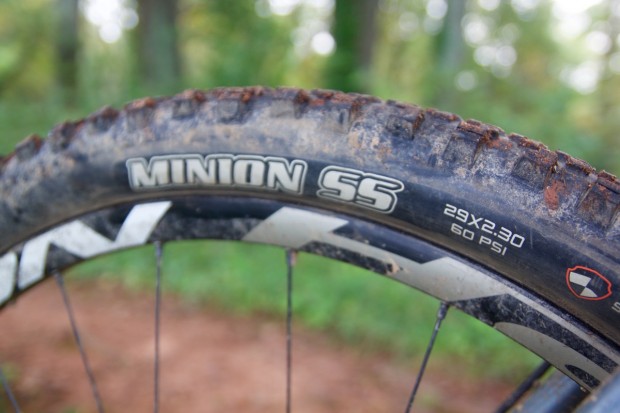
The DOT tire code or marking is the code required by the US Department of Transportation to sell tires. Although it is not needed in Europe, it also appears in general. In this code, we can find the date of manufacture of the tire.
ROTATION AND BALANCE.
If you do not have your vehicle's owner's manual, BFGoodrich® recommends changing tires every 10,000-10,000 km. A monthly tire wear check is recommended. Your tires should be repositioned at the first sign of uneven wear, even if it happens before 1,000,000 miles.
Summer tires, which brands are better?
| Good quality brands | Medium quality brands | Lower quality brands |
|---|---|---|
| 1. Continental | 1. Pirelli | 1. Sava |
| 2. Dunlop | 2. Michelin | 2.Uniroyal |
3. Goodyear Goodyear | 3. Nokian | 3. Yokohama |
| 4. Bridgestone | 4. Falke | 4. Nexen |
Front-wheel drive vehicles wear more on the front tires, while rear-wheel drive vehicles wear more on the rear tires.
Although there are tire manufacturers with more than a century of history, the world's largest manufacturer is celebrating its 50th anniversary by launching them. Contrary to what it might seem, the company that makes the most tires in the world is the Lego Group, yes, Lego, the Danish toy manufacturer.
To make it clearer, we will clarify this in a very effective but easy to understand way: if the area where you are going to travel is above 7ºC, you will need hard tires. If the area where you are going to travel is below 7ºC, you will need soft tires.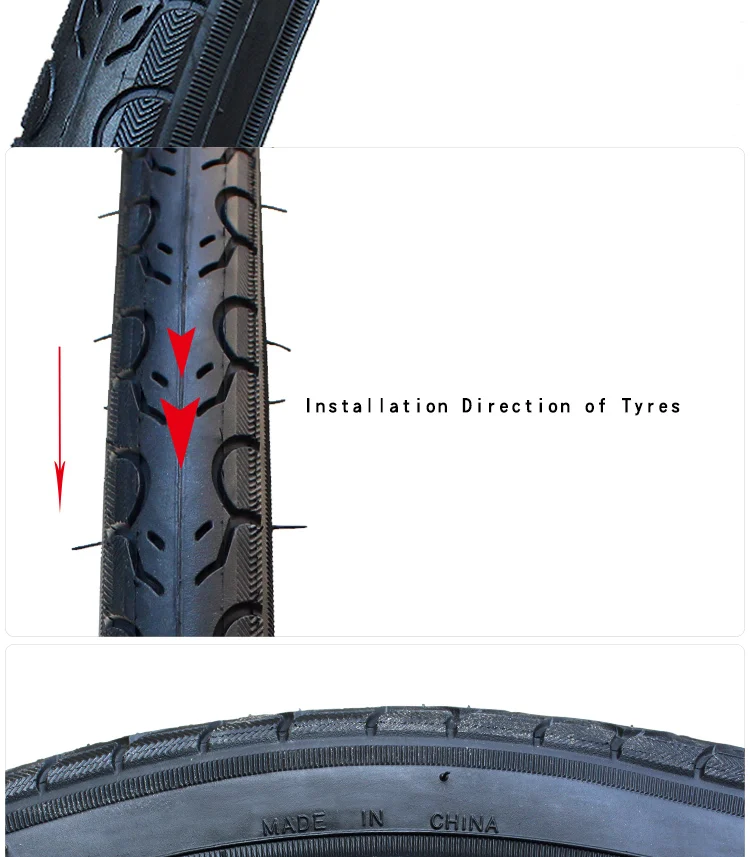
Firestone, although in principle an independent brand, belongs to the almighty Bridgestone and therefore the wheels are made from their warehouses. Does this mean that the performance of Firestone wheels is inferior to Bridgestone tires? The truth is, it shouldn't be.
They offer superior comfort compared to most of their competitors and excellent braking performance. In addition, it is very quiet, so forget about the noise. As we have already mentioned, the Firestone catalog also allows you to buy high-quality Firestone tires for vehicles other than 4WD SUVs and passenger cars.
For passenger car and motorcycle tires, the minimum tread depth is 1.6 mm. On the other hand, on light motorcycles, the limit is 1.0 millimeters.
The tread depth of new tires is approximately 8-9 mm. You can legally ride with them until they reach a minimum depth of 1.6mm at 75% of the tread width and around the circumference of the tread.
You can legally ride with them until they reach a minimum depth of 1.6mm at 75% of the tread width and around the circumference of the tread.
When a tire has lost a lot of rubber, this greatly reduces its resistance, the same thing happens if the pressure is lower than it should be. Although many do not believe it, a blowout can occur when hitting a curb at low speed or hitting a pothole at a certain speed.
Considering that the average weight of a 29" camera is usually around 225 grams, with the help of a tube we can reduce the weight a little more; that yes, we must not forget that tubing means adding a tubeless fluid that also weighs.
The tread is the outside diameter of the bike rim. It is calculated by measuring the distance from the ground to the center of the wheel in inches and then multiplying by two. The point of contact of the tire with the ground is always taken into account.
Conventional bicycles use 36 spokes. For lighter wheels, 32-spoke rims and hubs are used, and for a tandem or delivery bike, 40- and even 48-spoke wheels are used.
Mountain bike tire pressure chart
| Tire width (inches) | ||
|---|---|---|
| 70 kg | 2.1 bar / 30 psi | 1.8 bar / 26 psi |
| 80 kg | 2.2 bar / 32 psi | 1.9 bar / 27 psi |
| 90 kg | 2.3 bar / 33 psi | 2 bar / 29 psi |
| 100 kg | 2.4 bar / 35 psi | 2.1 bar / 30 psi |
At Michelin, for example, if we look at the most common 29×2.25 tube tires, the pressure they take is between 1.8 and 4 bar (from 29up to 58 psi), while Continental to the same extent and similar tires are 3.